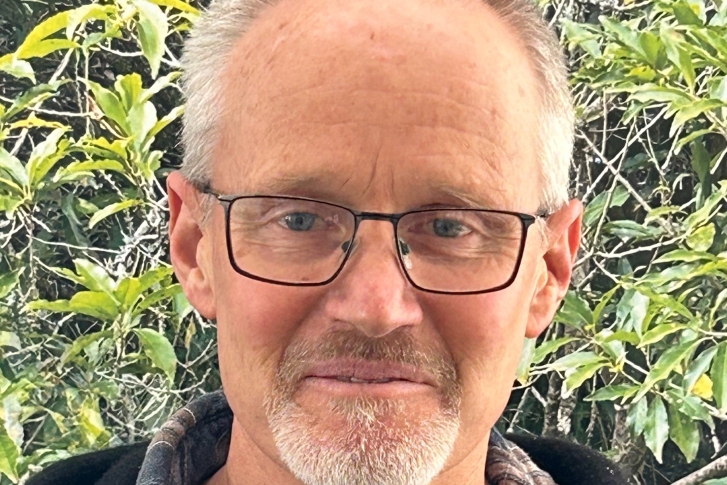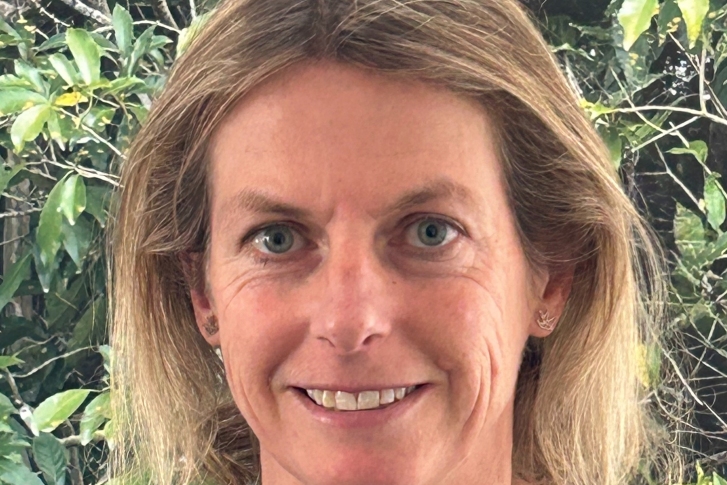
Help wanted
NIWA is looking for people who have had a long association with the Hauraki Gulf , East Northland or Marlborough Sounds to help them with a research project on juvenile fish habitats.
We want to learn how juvenile fish populations and their associated environments have changed over time and are keen to hear from people who have observed these changes.
What is the focus of the research?
We are particularly interested in juvenile snapper populations in the Hauraki Gulf and East Northland, or small blue cod and tarakihi in the Marlborough Sounds.
The juvenile fish of these species are strongly associated with what’s on the seafloor, especially living habitats. For juvenile snapper these include seagrass meadows, horse mussel beds and sponge gardens. For blue cod it is bryozoan fields and rubble such as dead shells, and for tarakihi, tube-worm and bryozoan fields.
What are we thinking?
We are working from the hypothesis that the loss or reduction of juvenile fish habitats means fewer juvenile fish will make into adult populations.
Our goal is to identify where and how this is happening and work with interested groups to develop strategies to increase the number of small fish growing into adult fisheries.
Who can participate?
Anyone who has observed changes in the juvenile fish nurseries and/or the wider coastal environment over an extended period of time.
People would most likely have noticed areas where the water has become more turbid, where kelp may have disappeared from and where the seafloor has become muddier.
Historical records
We are particularly interested in historical records that provide insight into the environmental history of the research areas. These could be historical photographs, personal field diaries or fishing logs. All are especially valuable in helping us to understand how things have changed.
Can we interview you?
We would like to conduct face-to-face interviews that will last about an hour, using nautical charts, and a variety of pictures and specimens, to help identify where different species and habitats are found, and the changes to these and the wider environment that have occurred over time. You can remain anonymous if you wish.
These are the kinds of questions we would ask you:
- Where are different juvenile fish habitats found, how common or rare are they, and what species and densities of juvenile fish are found within them?
- How has the abundance of these nursery habitats changed over time? Can we pin down the reasons for any changes? e.g., changes in adjacent land-use, fishing method pressures, general declines in water quality, increased sedimentation?
- What sort of wider environmental changes have been observed? e.g., general declines in water clarity/increases in turbidity, increasing muddiness of the seafloor, loss of kelp forests and horse mussel beds
- What sort of estuarine and/or coastal system changes have been observed over people’s lifetimes?
How can you get in touch?
Send your name and contact details and the marine/estuary areas where you have seen change and we’ll contact you.
More information
Download a printable flyer for the juvenile fish habitat survey. [PDF1.3MB]
If you would like to learn more about how we have used such information in past research programmes, the following reports can be downloaded:
The Kaipara Harbour as an important fisheries habitat area.
Linking marine fisheries species to biogenic habitats in New Zealand.
Or you can contact Mark Morrison and we will post you out a free copy of these reports.
This research is funded by the Ministry of Business, Innovation, and Enterprise (MBIE).
External People Involved:
Cameron Walsh,
Fisheries Research Consultant,
Stock Monitoring Services,




